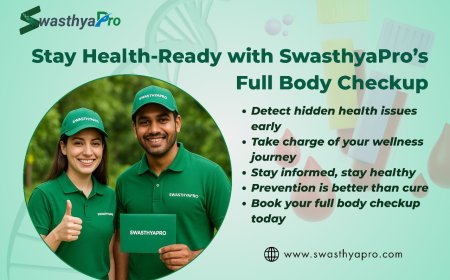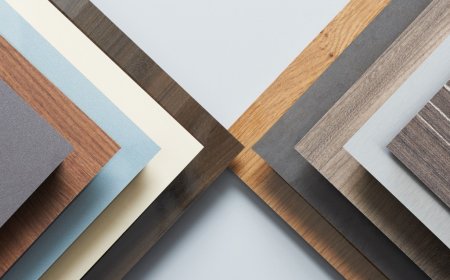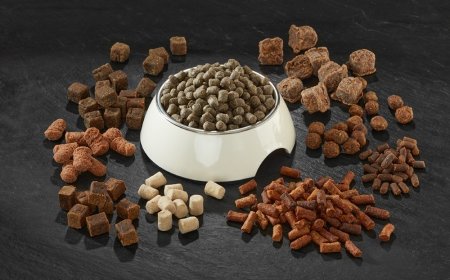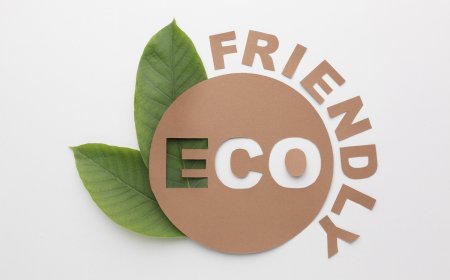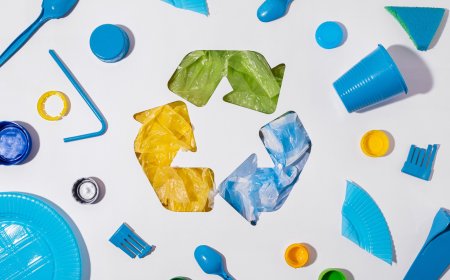UV Resin or Epoxy – What’s Safer for Your Health and Crafting?
The resin opens up endless creative possibilities from detailed jewelry and charms to large-scale artwork and furniture. But with its growing popularity comes an important concern that many new and experienced crafters share:
Is UV resin safer than epoxy resin?
While both UV and epoxy resins are widely used in crafting, they differ significantly in how theyre formulated, how they cure, and most importantly, how they affect your health. Understanding the safety profiles of each type of resin is essential before starting any project.
In this guide, well explore the key differences between UV resin and epoxy resin, break down the health and safety risks associated with each, and give you practical tips to protect yourself during use. Whether youre just starting or working with resin regularly, this information will help you make confident, safe, and informed decisions.
What Are These Resins, Anyway?
Before we jump into the safety gloves and respirators, lets clear up what these two resins are.
UV Resin
UV resin is the impatient crafters best friend. Its a single-part resin that cures quickly like, under a UV light in just a few minutes. That makes it great for small projects like jewelry, keychains, or anything youd want ready before your coffee gets cold.
Theres no mixing involved, which is a blessing if measuring isnt your strong suit. Just pour, cure under UV, and boom, youve got a solid piece.
Epoxy Resin
Epoxy is more of a long-game material. It comes in two parts: resin and hardener. You mix them in precise ratios (yes, math is involved), and once combined, they undergo a chemical reaction and cure over time.
This stuff is perfect for larger pieces, think coasters, tabletops, trays, or anything with a mold that cant go under a UV light. Curing can take anywhere from 8 to 24 hours, depending on the brand and environment.
Safety Face-Off: UV vs. Epoxy
Fumes & VOCs
Heres something no one brags about in their Instagram reels: both types of resin release fumes. These fumes often contain VOCs, volatile organic compounds that can irritate your lungs, eyes, and overall sense.
UV resin: It may be a quick-cure hero, but it packs a punch in the smell department. Many crafters report it has a stronger, sharper odor than epoxy, and that odor is a sign of the chemicals youre breathing in.
Epoxy resin: doesnt smell quite as aggressive (depending on the brand), but dont let that fool you. It still releases fumes while mixing and curing, especially in the early stages.
Either way, ventilation is essential. Open a window, use a fan, or better yet, work outdoors when possible. And if you're crafting often? It might be time to invest in a good quality respirator mask. Your lungs will thank you.
Skin Contact
Both UV and epoxy resins can irritate your skin, but UV resin tends to be the bigger offender here. Its more likely to cause allergic reactions or skin sensitivity, even after limited exposure. And once your skin becomes sensitized to resin, it's not easy to reverse.
Epoxy resin isnt off the hook, though. Repeated contact, especially if you're not wearing gloves, can also lead to resin sensitization. Choosing the right resin for your project means your body starts reacting badly to it, even in tiny amounts.
Moral of the story? Always wear gloves. And not just any gloves, nitrile gloves, because latex doesn't hold up well against resin. Also, keep those gloves on the entire time you're working. No bare fingers, no matter how careful you think you're being.
Curing & Toxicity
The biggest safety factor in both resins is how well theyre cured.
UV resin: cures quickly, but theres a catch: if you dont use a strong enough UV light or you rush the process, parts of the resin may remain uncured and toxic. You might think your piece looks solid, but it could still be releasing harmful chemicals or worse, cause skin irritation days later.
Epoxy resin:while slower to cure, usually becomes non-toxic and inert once it's fully hardened if youve mixed it correctly and allowed enough time for it to cure thoroughly.
So while UV may win on speed, epoxy wins on stability only when both are used properly.
Also, never sand or drill resin unless it's completely cured. Resin dust is nasty stuff, and you do not want to breathe it in.
Tips for Safe Resin Crafting
To minimize exposure and protect your health, follow these safe crafting practices for resin artists, including wearing proper gloves, using respirators, and working in well-ventilated areas.
If youre not sure what gear you need, check out our complete resin safety gear checklist to make sure youre fully prepared. Heres a solid checklist to keep your crafting zone healthy and hazard-free:
? Work in a well-ventilated area. Open windows and use a fan or air purifier.
? Wear nitrile gloves every time. No shortcuts.
? Protect your eyes. Use goggles or safety glasses if you're pouring or sanding.
? Use a respirator when fumes are strong or youre sanding cured resin.
? Avoid eating or drinking near your resin setup. Resin and snacks do not mix.
? Clean spills immediately and dispose of resin-soaked materials safely.
? Keep your supplies away from kids and petsresin is not child- or fur-friendly.
? Store resin properly, cool, dark, and upright. Sunlight can damage it (and your craft room aesthetic).
So, Is UV Resin Safer Than Epoxy?
Neither UV nor epoxy resin is inherently safe on its own. They both have hazards; you just need to know what youre working with and take precautions accordingly.
UV resin is fast, easy to use, and great for small craftsbut it comes with stronger fumes and a higher risk of skin irritation.
Epoxy resin is more versatile and, once cured properly, can be more stable, but the mixing process requires care and patience.
Final Thoughts
When comparing UV resin and epoxy resin from a safety standpoint, theres no one-size-fits-all answer. Each type of resin carries its own risks, and neither should be considered completely safe without proper handling.
UV resin offers speed and simplicity but often contains higher levels of skin and respiratory irritants.
Epoxy resin is more versatile and stable when fully cured, but it requires careful mixing, longer curing times, and proper ventilation.
Ultimately, resin safety depends on how the material is used, not just what it is. Wearing protective gear, ensuring adequate ventilation, and following manufacturer guidelines are essential regardless of the resin type.
By understanding the risks and following best safety practices, you can enjoy resin crafting while minimizing exposure and protecting your long-term health. Make safety a part of your process, and youll be able to focus on what truly matters: creating high-quality, lasting art with confidence.








